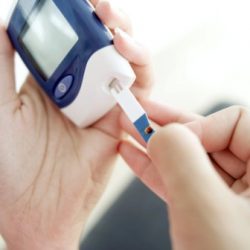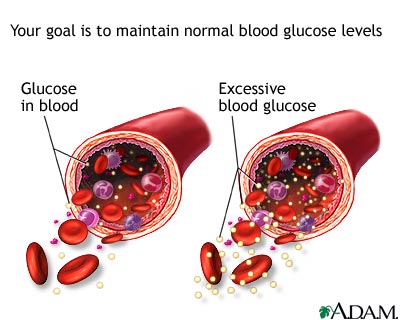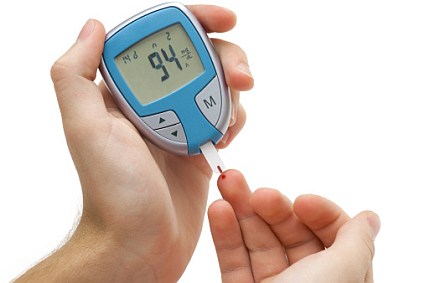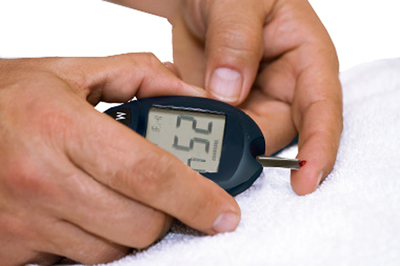Borderline diabetes symptoms are easy enough to see and are a definite warning sign to go to the doctor. Diabetes is a chronic disease wherein blood sugar levels are elevated. This can happen when the body does not produce sufficient insulin, or if cells in the body do not respond to insulin.
If you have not been officially diagnosed with diabetes but your blood sugar levels are chronically slightly high, you may have pre-diabetes or borderline diabetes. Pre-diabetes or borderline diabetes is cause for concern. If you are experiencing any of the borderline diabetes symptoms listed below, it’s best to consult a doctor for proper diagnosis and treatment.
Symptoms of Borderline Diabetes
- Frequent need to urinate. Frequent urination, especially at night, can be a borderline diabetes symptom.
- Constant fatigue. If you feel constantly tired all day, you may have pre-diabetes.
- Constantly being thirsty. One of the common borderline diabetes symptoms is excessive thirst, even after drinking plenty of water.
- Unexplained Weight loss. If you are losing weight without any change in your diet or lifestyle, you may be experiencing one of the main symptoms of borderline diabetes.
- Slow healing of wounds. Abnormally elevated blood sugar levels can impair the immune system. If wounds or scratches heal slowly, you may be displaying a borderline diabetes symptom. Frequent infections of the urinary bladder, skin, or gums and vaginal yeast infections in women are also symptoms of borderline diabetes.
Borderline Diabetes Symptoms Diagnosing

If you suspect that you have diabetes or borderline diabetes because of the symptoms you have, consult a doctor as soon as possible. A simple test for blood sugar levels will show if you have pre-diabetes, which is the proper medical term for borderline diabetes.
Individuals with fasting blood sugar level of 100-125 mg/dL and 140-199 mg/dL for postprandial blood glucose may manifest borderline diabetes.
Borderline diabetes may be diabetes in its early stages and should be considered a cause for concern. Failure to obtain the right diagnosis and treatment can lead to damage to the nerves, cardiovascular system, kidneys, and vision.
It is estimated that over 79 million people in the USA suffer from pre-diabetes.
What to Do about Borderline Diabetes Symptoms
If you are diagnosed with pre-diabetes, your doctor will probably advise you to make lifestyle changes to stop diabetes in its tracks. Diabetes is often caused by lack of exercise, being overweight, a diet high in carbohydrates, and a family history of diabetes.
Regular exercise and a healthy diet can help prevent pre-diabetes from getting worse.
People with borderline diabetes symptoms should not self-diagnose or self-medicate. Only a doctor can tell you if you do have pre-diabetes, and prescribe the right treatment for your condition.





